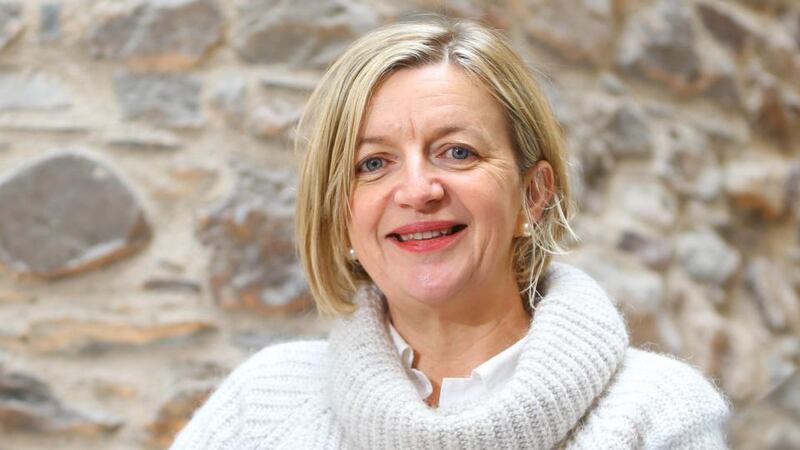Tramore-based architect Anne Harpur believes that “tapping into Waterford’s rich historic origins is an authentic way forward”, with the Viking Triangle as its unique selling point – and this has already served as a springboard for “fresh, confident and progressive urban planning”.
Far from lacking confidence, she says Waterford is "experiencing a new energy of resurgence that's revitalising the city" with such projects as the superb new limestone paving along the south quay and the demolition of a nondescript 1960s building beside Reginald's Tower to make way for a rebuilt Viking boat.
Máire Henry, who’s on sabbatical from Waterford Institute of Technology’s school of architecture, points to its relocation in The Granary after the museum of Waterford’s treasures moved out as further evidence of revitalisation, because it has brought some 400 staff and students right into the heart of the city.


A once-quiet part of town suddenly gained an “instant population” large enough to support a ground-floor cafe, supplemented by passing trade, to create “a mini-cultural triangle with Garter Lane Arts Centre”, she says. “The scale of Waterford is very positive, everyone knows each other and there’s good leadership at council level.”
The museum, run with great enthusiasm by Eamonn McEneaney, is now split between Reginald’s Tower, a new Medieval Museum and the former Church of Ireland Bishop’s Palace – all restored or developed by Waterford City Council in a determined effort to celebrate the city and capture a bigger slice of Ireland’s tourism revenue.
The Medieval Museum is exceptionally good, with its curving facade of warm Bath stone contrasting with the square buildings around it. Designed inhouse by the council’s architects, the new building oversails the vaulted medieval Choristers’ Hall and includes numerous priceless artefacts as well as a folly built by a bishop.
Major improvements to the city’s public realm have been under way for several years, including extensive pedestrianisation of the principal historic and shopping streets and the installation of Ireland’s most transparent flood barrier – a glass wall, framed in steel on stone steps, running right along the south quay’s river edge.
City architect Rupert Maddock, who’s from Dublin, has overseen it all, including the refurbishment of key buildings along the south quay that became vacant. He acknowledges that its use as a vast surface carpark, with spaces for up to 800 cars at a time, is “not ideal” but says this arrangement helps to keep the city centre alive.
Given its north-facing orientation, “the noblest quay in Europe” – as it was once described – would not be suitable for a linear park, as Maddock points out.
“Our whole concentration is now on the city core and the objective is to make the public realm as accessible and attractive as possible.” And they’re succeeding.
In line with the DKM report on Waterford’s economy, there is now a city centre management group, including representatives of the newly formed Waterford business group, which aims to “drive change change across the city”; its main achievement so far has been to secure a 20 per cent reduction in commercial rates.
One project dear to Anne Harpur is Grow HQ, a national food education centre for the Grow It Yourself (GIY) movement to be located on a three-acre site at Ardkeen, donated by the city council; its team includes Darina Allen, who says it’s “one of the most important initiatives to come out of Ireland in the last 20 years”.








